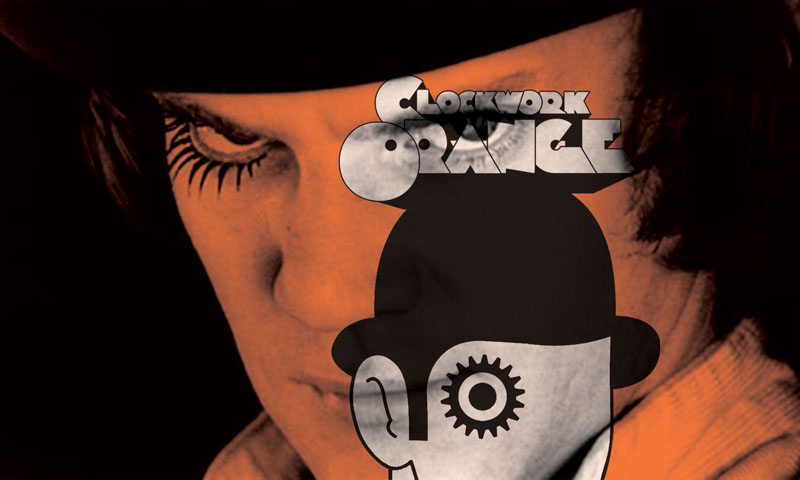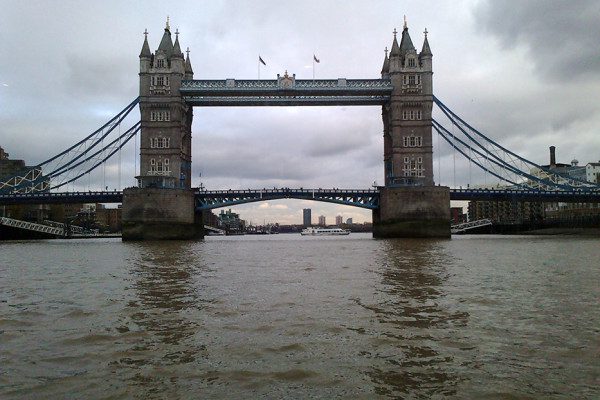A reverie for the small, the resilient for whom language is a tool to strike new grounds. By Amit Sengupta.
In the parallel cinema of the media industry, the difficult and stimulating narrative of small is beautiful, is at once and always, heady and addictive, like the fresh smell of newsprint just out of the printing press. How I love the smell. I love this smell like the passionate characters of Hiroshima Mon Amour, or Guru Dutt’s tragic lovers in shadow and light, obsessed, alienated, attracted to each other so magnetically and yet distant, unable to touch each other, unable to resist the longing to touch.
Like independent and dogged documentary filmmakers who remain outside the comfort zones and the trappings of the commercial structures of big finance and market sustainability, or like the ‘other’ meaningful cinema versus the box office formula film industry or the 100 crore club, this is a repetitive narrative which is deeply self conscious and critically involved with the idea of the political unconscious.
Like independent and dogged documentary filmmakers who remain outside the comfort zones and the trappings of the commercial structures of big finance and market sustainability, or like the ‘other’ meaningful cinema versus the box office formula film industry or the 100 crore club, this is a repetitive narrative which is deeply self conscious and critically involved with the idea of the political unconscious. Many of these filmmakers hate to be dubbed and branded within the restricted and cliched paradigms of ‘art’ or ‘alternative’ or ‘parallel’ cinema.
In that sense, the discourse within the ‘little magazine’ or ‘small media’ too would resist being branded and condemned as small or marginal or alternative.
The humanism of journalism. That is, the debate between what is mainstream and what is alternative itself becomes a twilight zone where the lines of text, image and black and white become blurred and the kaleidoscope moves away from one-dimensional explanations into a more layered, evolving and complex realism. We need resilience, hard work, integrity, leaps of imagination to sustain the alternative media. We truly need the heady joys of sacrifice and struggle. The acidity inside starving stomachs. The chainsmoked lungs. The bitter taste in the mouth. The hangovers. The winter drink under the night tree, soaked with dew and fog, as we write the nocturnal edit for the first time. It is not easy to walk this addictive bylane. And yet, it is as easy as an evening of love.
In the context of the new corporate media culture dominating the Indian information and mass communication scenario, and the tyranny of mediocrity, it becomes all the more crucial to unravel this twilight zone and rediscover a lucid, critical and enlightening realm of possibilities. Hence, we must walk again through this zigzag bylane of the difficult and stimulating journey of the small is beautiful….
And in the manner that we don’t and we should not underestimate the intelligence of the readers, in the same manner let us not underestimate the power of the small media, the little magazine flying on the wings of magnificent creativity, the perennially broke eclectic and free-lancer, the drop-out, the handy- cam docu filmmaker, the quiet, sharp, acidic, liberating, deeply intelligent blog, web, e-paper, e-mag, the original radio show, the community radio of awareness and empowerment, the quick video, the one minute virgin monologue of female and male liberation.
If the power of language can be suffocating, oppressive and alienating, it is also the graffiti of liberation: the music of language as liberation. If all rebellion has to cross violence or non-violence, it should also cross the idea and reality of beauty. Sometimes history takes us by surprise by the power of this small is beautiful. This is because history is neither one-dimensional nor unilinear. Like all the subterranean vernaculars, it rewrites a new essay of liberation.
If the power of language can be suffocating, oppressive and alienating, it is also the graffiti of liberation: the music of language as liberation. If all rebellion has to cross violence or non-violence, it should also cross the idea and reality of beauty.
Indeed, if, in the beginning was the word, there was also touch, skin, silence, fragrance. Fingers within fingers. Dark, young, beautiful eyes. The heady brew of the first rebellion. The instinctive addiction with irreverence. The celebration of desire. As Pablo Neruda wrote: Between lips and lips there are cities. Also, as Herbert Marcuse wrote, “The Great Refusal takes a variety of forms.”














